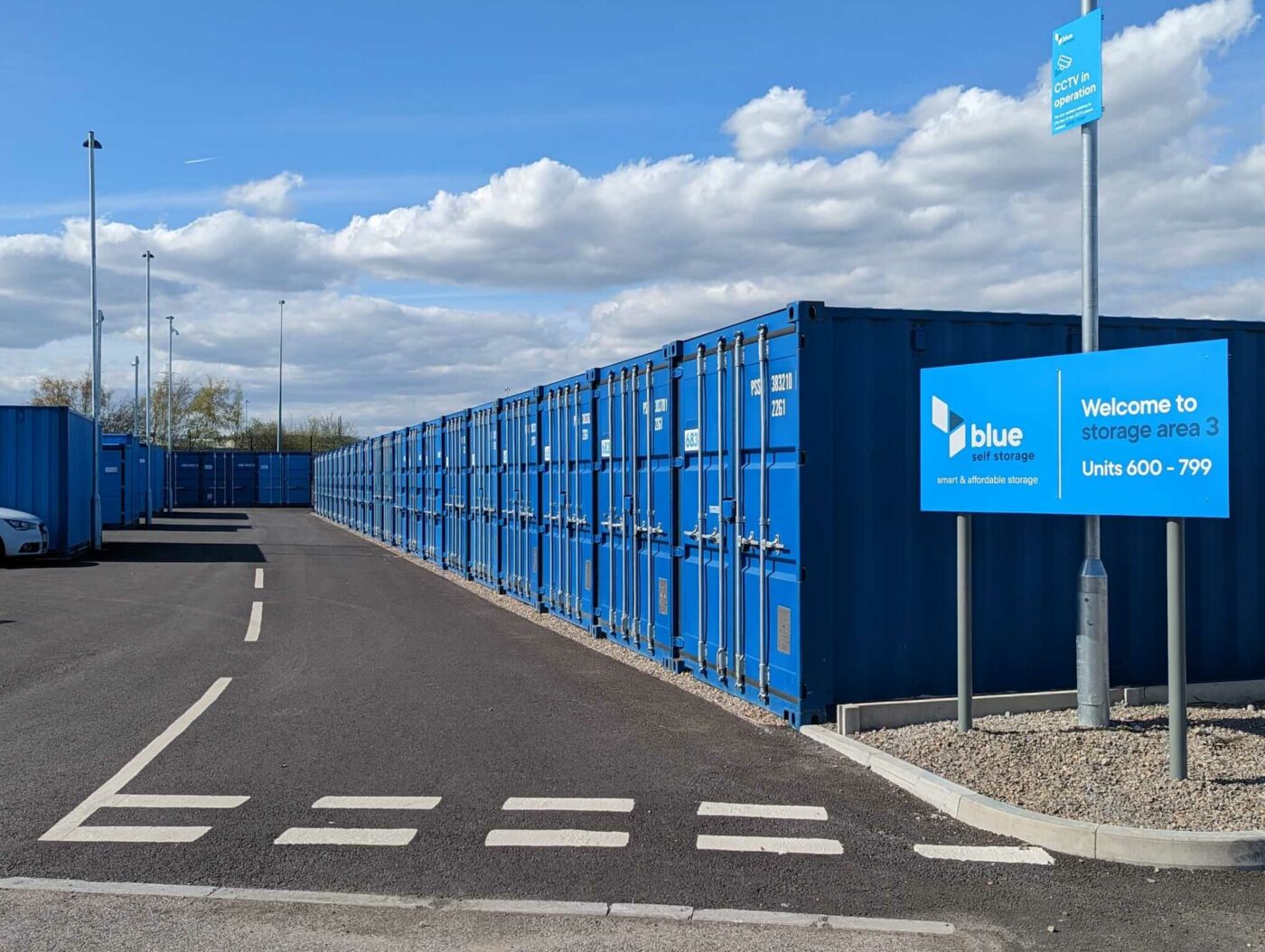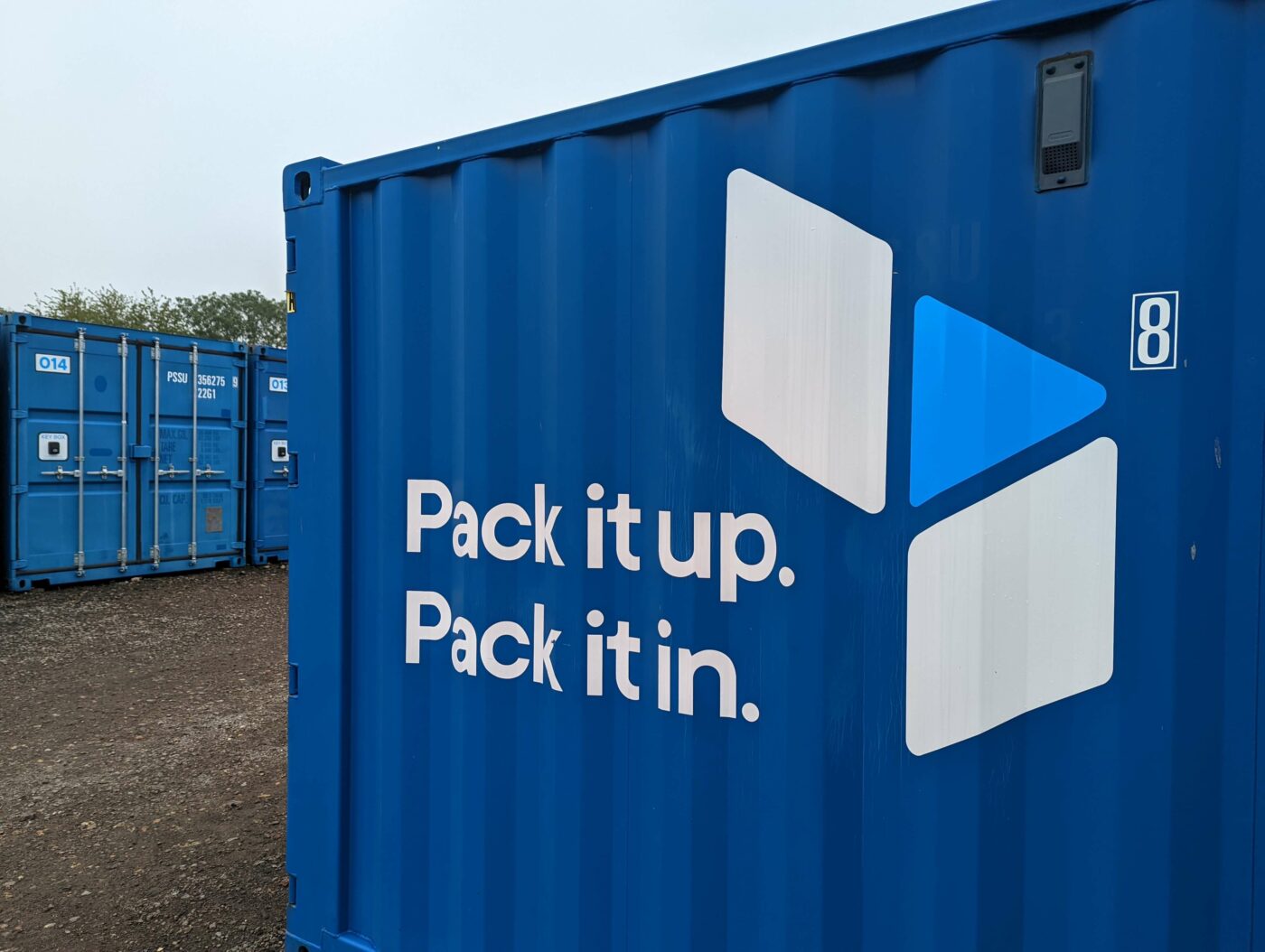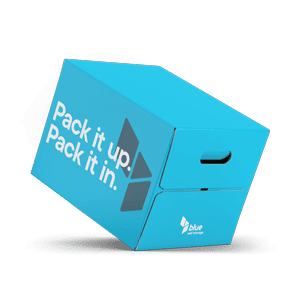

“Packing for a house move can be a daunting task, but with proper planning and organising, you can make the process smoother.”
In this step-by-step guide, Rhi, our expert in storage, shares her top 20 tips for packing efficiently!

#1 Create a timeline
Start early to avoid last-minute rush. Create a packing schedule that outlines what needs to be done each day leading up to the moving day. If you need a notepad to write everything down then give us a call and we will give you one of the branded ones free of charge.
#2 Gather packing supplies
Collect all the necessary packing materials such as boxes (small, medium, large), packing tape, bubble wrap, packing paper, markers, labels, and any speciality containers you might need.
P.S. We offer all of the above and more!
#3 Declutter
Before you start packing, go through your belongings and decide what to keep, donate, sell, or discard. The less you have to pack, the easier and cheaper the move will be. Many charities such as Cerebral Palsy Cymru would be grateful for any worthwhile donations, they do some amazing work and rely heavily on donations to stock their shops.
#4 Room-by-room packing
Divide your house into rooms and tackle one room at a time. This makes the process more organised and less overwhelming. Start with rooms you use less frequently like the spare room (if you’re fortunate enough to have one). Not only will this have minimal impact it will also create a temporary storage area. After all whilst you pack, your house should still function safely and practically!
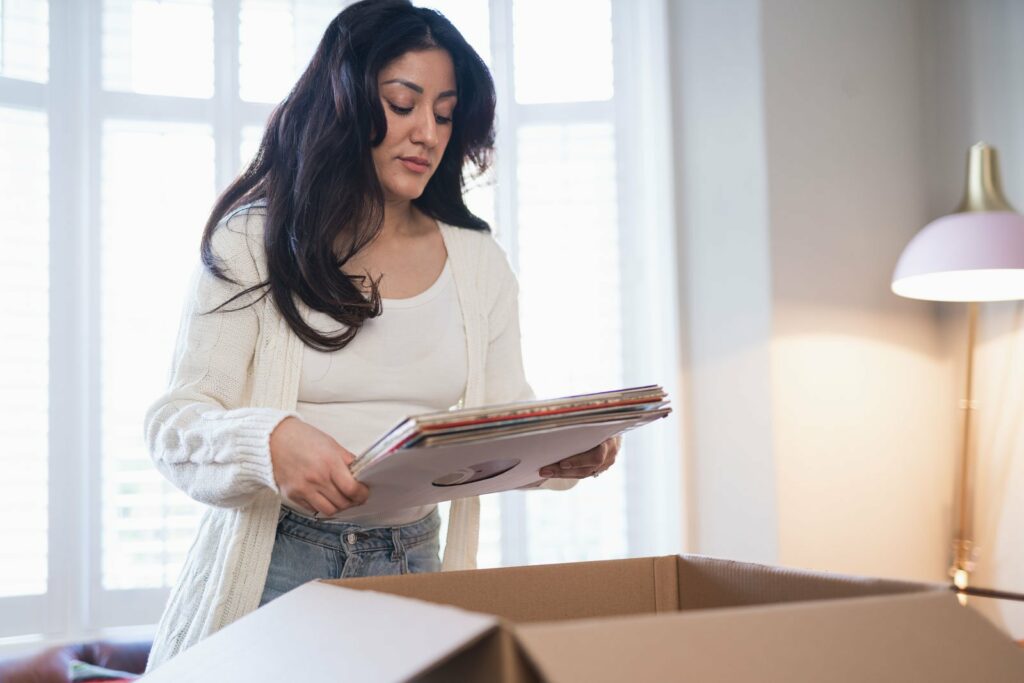
#5 Pack essentials separately
Pack a separate bag or box with essentials you’ll need right away in your new home, such as toiletries, a change of clothes, important documents, medications, chargers, and basic kitchen supplies.
#6 Label everything clearly
Label each box with its contents and the room it belongs to. This will make unpacking much easier.
#7 Use a systemic approach
Pack items of similar size and type together. Use smaller boxes for heavy items like books and larger boxes for lighter items like bedding.
#8 Protect fragile items
Wrap fragile items like glassware, dishes, and electronics with bubble wrap or packing paper. Fill empty spaces in boxes with packing material to prevent shifting during transportation. We can assist with packaging materials, we even keep a small stock of boxes which we offer customers free of charge.

#9 Disassemble furniture
If possible, disassemble furniture to save space and make it easier to transport. Keep screws and small parts in labelled bags taped to the furniture they belong to.
Top tip: For any tricky assembly bits, take a photo of what it should look like to help you.
#10 Use clothes for padding
Use clothing, towels, and linens to cushion and protect delicate items. This reduces the need for additional packing material.
#11 Pack electronics carefully
If you still have the original packaging for electronics, use it. Otherwise, wrap them in bubble wrap and place them in sturdy boxes.
Top tip: Place any supporting equipment like remote controls in the box.
#12 Secure liquids
Seal toiletries, cleaning supplies, and other liquids in plastic bags to prevent spills. Consider placing them in a separate box to avoid damage to other items.
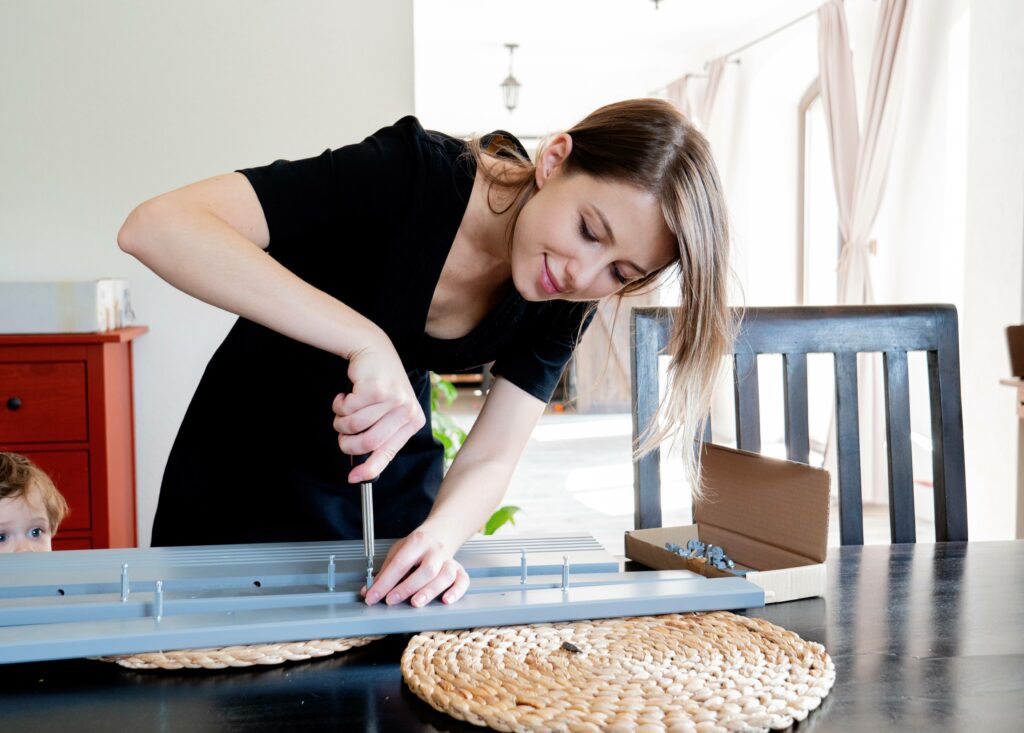
#13 Keep cables organised
Use cable organizers or zip ties to keep cords and cables from tangling. Label them to easily identify what they belong to.
Top tip: Masking tape and a Sharpie are great for this!
#14 Pack clothes efficiently
Keep clothes on hangers and use garment bags or bin bags to cover them. You can group hanging clothes together with rubber bands.
#15 Seal boxes properly
Use strong packing tape to seal boxes securely. Reinforce the bottom of the boxes with extra tape for added strength.
#16 Create an inventory list
Make a list of all the boxes and their contents. This will help you keep track of your belongings during the move.

#17 Consider professional movers
If you’re hiring a moving company, discuss their packing services and options. They can assist with packing, loading, and unloading. We work with lots of reputable removal companies, we can help with some recommendations, just give us a call.
#18 Load the moving vehicle systemically
When loading the vehicle, place heavier items at the bottom and lighter items on top. Pack tightly to minimise shifting during transit.
#19 Keep important documents safe
Carry important documents like IDs, passports, medical records, and financial documents with you instead of packing them in the moving truck.
#20 Prepare for unpacking
Label boxes with items you’ll need immediately or that are fragile, so you know to handle them with care.
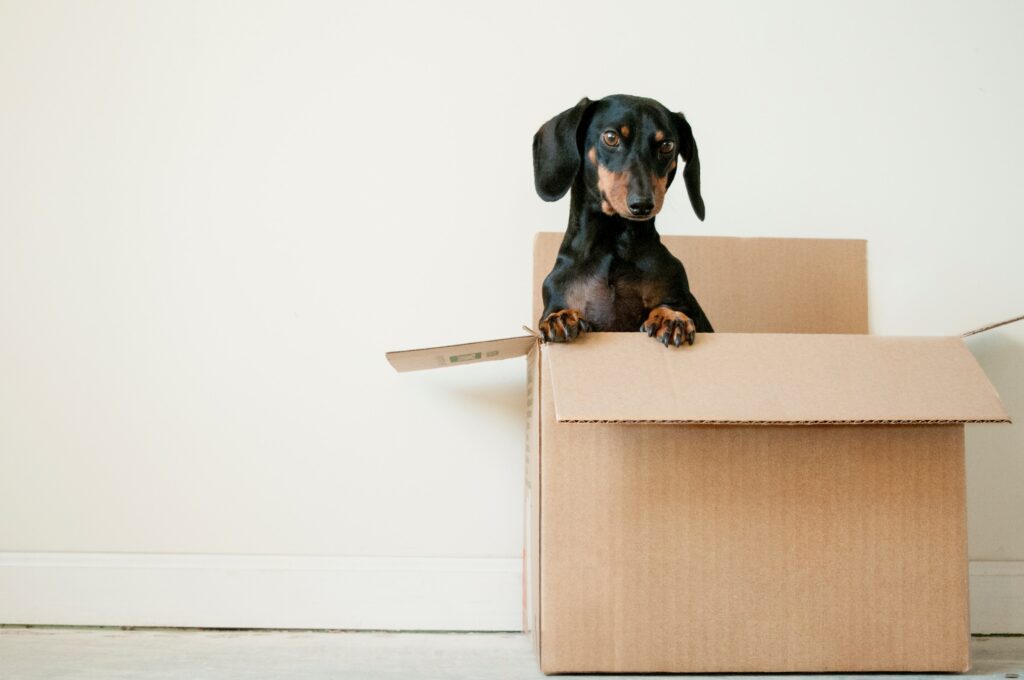
Remember that the key to successful packing is organisation and preparation. By following these steps, you can make your moving process much smoother and more efficient. You may have big plans to immediately rip the old kitchens out, change the bathroom layout, paint the living or the nursery, save yourself the hassle of unpacking and repacking – book a self-storage unit to help provide you with a bit more space whilst you navigate the home improvements and put your stamp on your new home.
Discover our locations and storage pricing by clicking the button below, or contact us for more info.
#StorageMadeSimple
New to self storage? Explore our #StorageMadeSimple series with our experts:
- What is self storage?
- How to choose the right size storage unit when you’re moving house
- Why do people use self storage?
- Self storage insurance: what is it and is it important?

